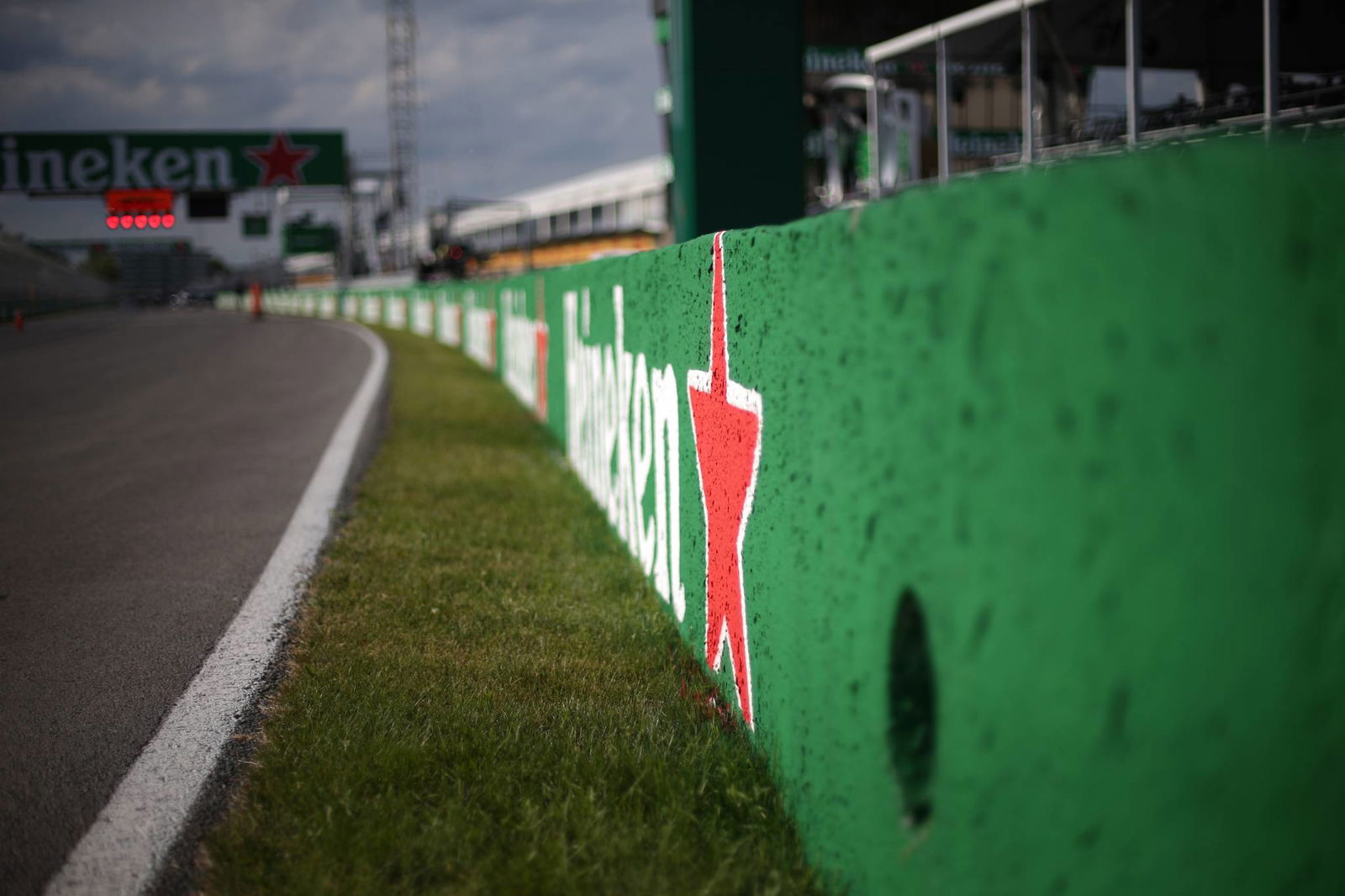How F1 is working to get more women into the sport
Attended by hundreds of delegates and officials from national motorsport authorities from all over the world, the FIA Sport Conference has established itself as an event where ideas are put forward, new concepts are discussed and the big issues are tackled.
Participation is a big challenge for many of the national motorsport chiefs from countries where there may not be such a rich racing heritage and culture. But female participation in particular is a battle all in global motorsport are currently facing, and that they are looking to encourage and foster.

Attended by hundreds of delegates and officials from national motorsport authorities from all over the world, the FIA Sport Conference has established itself as an event where ideas are put forward, new concepts are discussed and the big issues are tackled.
Participation is a big challenge for many of the national motorsport chiefs from countries where there may not be such a rich racing heritage and culture. But female participation in particular is a battle all in global motorsport are currently facing, and that they are looking to encourage and foster.
More than 25 years have passed since a woman last entered a Formula 1 grand prix as a competitor, coming at the 1992 Brazilian Grand Prix when Giovanna Amati made her third and final attempt to qualify for a race, only to fall short.
While a number of women have since gained prominent positions at F1 teams, particularly in recent years, none have managed to end the drought. Susie Wolff came closest, making four F1 practice appearances, while Tatiana Calderon (pictured above) is currently part of Sauber’s development team alongside her GP3 racing commitments.
The push to get more women into F1 has been a focus for some time, with the sport’s CEO and chairman, Chase Carey, addressing the matter at this year’s FIA Sport Conference that took place in Manila earlier this week, where he called it a “big priority”.
“We’ve talked a lot about growing the sport with women and making the sport accessible with women to participate in, whether it’s driving or participating in teams or another way. It’s something we have made a priority,” Carey said.
“Jean [Todt] talked about the FIA’s efforts of doing it. Unfortunately I don’t think there’s one single silver bullet. I think it’s about trying to make it a priority. We’re working with the women in sport to try and provide opportunities for women to be a part of it.
“We’re working with teams to encourage not just driving. We do actually have more females that are part of race teams and participating in other ways, some great figures like Claire Williams, who is a role model for women.
“I think again if we can create more visibility around it and more opportunities for females to see other females competing, other females engaged in the sport, hopefully that sparks interest.”
Carey explained how F1 is using not only its on-track competition to try and develop female interest in the sport, identifying its in-house eSports championship as a way this can be stimulated.
“With eSports, we’re trying to very much push and encourage female participation. We have an eSports league competition, and it is a great way for somebody who’s not been in the sport to quite easily get a taste of it and see what they enjoy,” Carey explained.
“I think it’s about trying to create those opportunities for visibility around it, encouragement around it, and hope that through that participation we find more females participating and more females as fans. Part of what we want to make sure and continue to do is to make the sport something fans appreciate, and female fans appreciate and enjoy.
“I think we’re making some headway. One of the little tidbits, we have a thing called F1 in Schools, that is sort of trying to encourage STEM education initiatives at school-age kids. I went to the finals last year. There are millions that participated, and it’s 35 percent female. You’re actually in some of these places seeing pretty good participation at different levels.
“I think we just have to keep making it a priority, providing visibility, providing opportunities, and hopefully through that, we’d love to have a female driver in Formula 1.
“But we’d love to have more female participation, whether it’s again in the sport or fan engagement. It’s a big priority for us.”
Additional reporting by Dieter Rencken in Manila.

